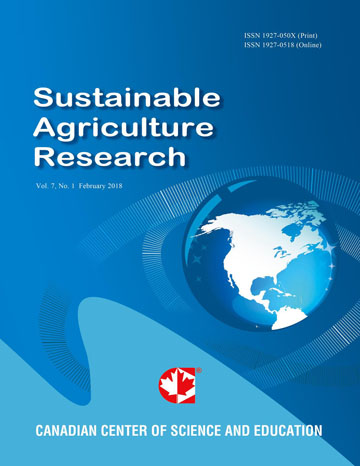Organic Lawn Clipping Silage as a Potential Livestock Feed
- Joseph R. Heckman
- Michael Westendrof
- Alon Rabinovich
Abstract
Lawns are recognized as being an amenity for quality of life, but they are generally viewed as having little agricultural value. The ability of ruminants to digest grass clippings harvested from lawns has the potential to convert these otherwise nonproductive landscapes into feed. This study of organic lawn care compared organic fertilizer-amended plots to unamended plots, to demonstrate the feasibility of fermenting fresh lawn clippings into a grass silage to be used as winter livestock feed, and to evaluate the silage palatability and quality. Silage fermentation was performed in plastic bags by air removal through a vacuum and analyzed 200 days after harvest. Except for increasing yield with fertilizer, there were no differences in silage quality between treatments. Silage average dry matter (DM) content was 41%, Protein Crude Soluble 19%, Acid Detergent Fiber 66%, Ash 9.6%, Total Volatile Fatty Acid 7.7%, Lactic Acid 7.8, Acetic Acid 1%, Propionic and Butyric Acids <1%, pH 4.2, and Net Energy Lactation 3152 calories lb-1. The fermented clipping pH was sufficiently acidic, and the other measured indicators were comparable to common types of silage. Because organic lawns often supply more phosphorous (P) than is needed for lawn maintenance, and many New Jersey turf soils already have soil test P levels above the optimum range, adding more P from organic fertilizers is not desirable. This study found that a single harvest of clippings for silage may remove about 10 kg ha-1 of P from the lawn soil.
- Full Text:
 PDF
PDF
- DOI:10.5539/sar.v14n1p29
Index
Contact
- Joan LeeEditorial Assistant
- sar@ccsenet.org
